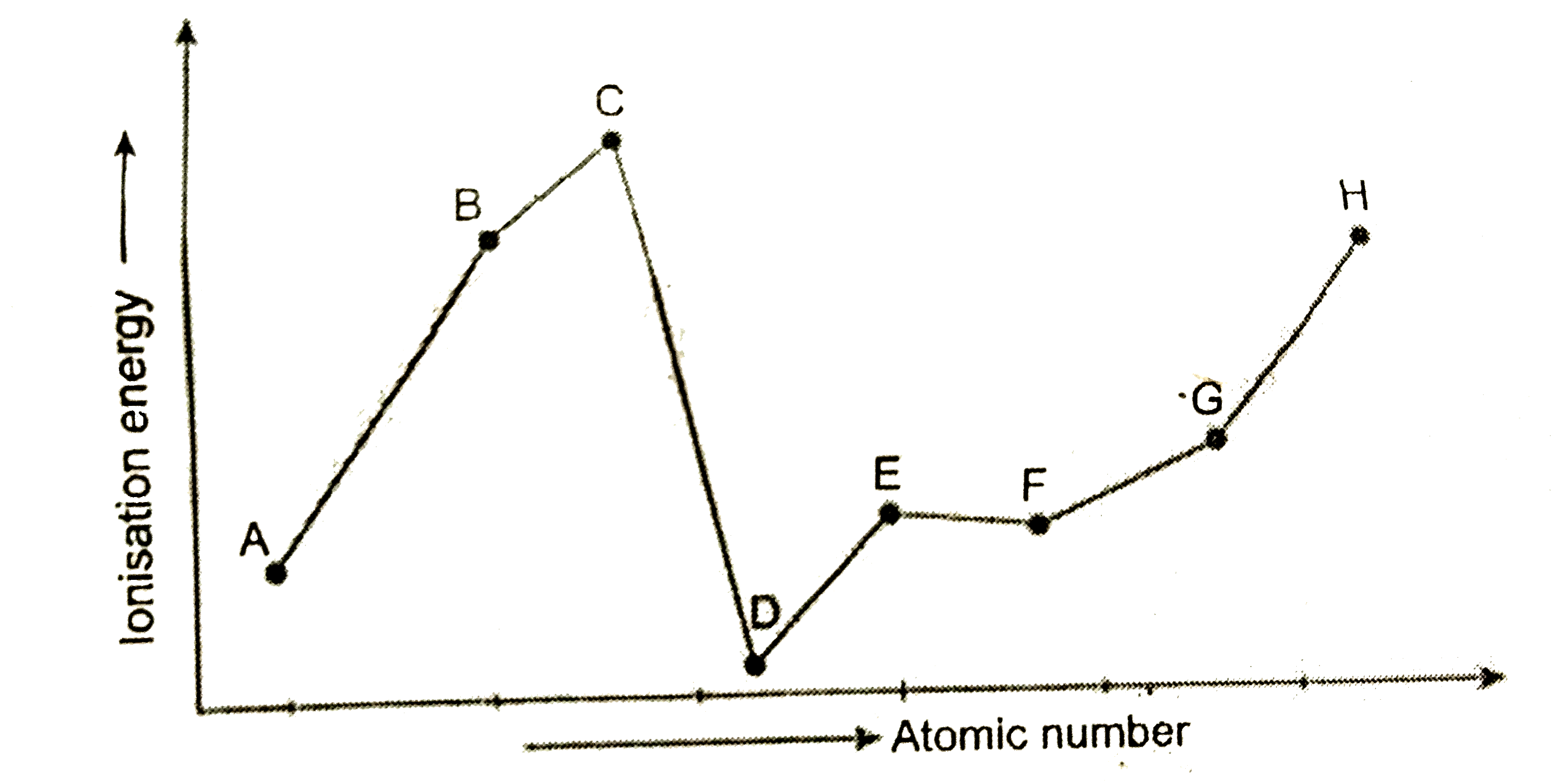The element that has highest electron affinity:
Fluorine
Chlorine
Oxygen
Nitrogen
To determine which element has the highest electron affinity among nitrogen, oxygen, fluorine, and chlorine, we can follow these steps:
1. Understand Electron Affinity: Electron affinity is defined as the amount of energy released when an electron is added to a neutral atom in the gas phase. Higher electron affinity means that an atom can gain an electron more easily and releases more energy in the process.
2. Identify the Elements: The elements given in the question are nitrogen (N), oxygen (O), fluorine (F), and chlorine (Cl).
3. Analyze Trends in the Periodic Table:
- Across a Period: As you move from left to right across a period, the effective nuclear charge (Z effective) increases. This means that the nucleus has a stronger positive charge, which attracts electrons more strongly, leading to an increase in electron affinity.
- Down a Group: As you move down a group, the number of electron shells increases, which increases the size of the atom. A larger atomic size means that the incoming electron is further from the nucleus, resulting in a decrease in electron affinity.
4. Evaluate Each Element:
- Nitrogen (N): Has a relatively low electron affinity due to its position in the periodic table.
- Oxygen (O): Has a higher electron affinity than nitrogen but lower than fluorine and chlorine.
- Fluorine (F): While fluorine has a high electron affinity due to its high effective nuclear charge, its small size leads to significant inter-electronic repulsion when an electron is added, which decreases the energy released.
- Chlorine (Cl): Chlorine has a larger atomic size than fluorine, which reduces inter-electronic repulsion when an electron is added. Therefore, chlorine has a higher electron affinity than fluorine.
5. Conclusion: Based on the analysis, chlorine (Cl) has the highest electron affinity among the given elements.
Final Answer:
The element that has the highest electron affinity is Chlorine (Cl).
---
- Across a Period: As you move from left to right across a period, the effective nuclear charge (Z effective) increases. This means that the nucleus has a stronger positive charge, which attracts electrons more strongly, leading to an increase in electron affinity.
- Down a Group: As you move down a group, the number of electron shells increases, which increases the size of the atom. A larger atomic size means that the incoming electron is further from the nucleus, resulting in a decrease in electron affinity.
- Nitrogen (N): Has a relatively low electron affinity due to its position in the periodic table.
- Oxygen (O): Has a higher electron affinity than nitrogen but lower than fluorine and chlorine.
- Fluorine (F): While fluorine has a high electron affinity due to its high effective nuclear charge, its small size leads to significant inter-electronic repulsion when an electron is added, which decreases the energy released.
- Chlorine (Cl): Chlorine has a larger atomic size than fluorine, which reduces inter-electronic repulsion when an electron is added. Therefore, chlorine has a higher electron affinity than fluorine.
The element that has the highest electron affinity is Chlorine (Cl).
Similar Questions
Knowledge Check
The element which has highest electron affinity ?
AOxygenBSulphurCNitrogenDPhosphorusThe element with the highest electron affinity among the halogens is
AFBC1CBrDIThe element with the highest electron affinity in the periodic table is
AiodineBchlorineCfluorineDoxygen
From among the elements, choose : Cl, Br, F, Al, C, Li, Cs & Xe
The element with highest electron affinity
View SolutionGiven below is the graph representing the ionsiation energies of a few element ,A to H with successive atomic number

(a) identify the noble gas
(b) which of the following elements could Dbe?
(c ) which element has the highest electron affinity
(d) Which element has the stongest metallic character?
(e ) write the unit of ionisation energy
View SolutionWhich of the following electronic configurations corresponds to the element with the highest electron affinity?
View SolutionThe element having highest electron affinity is :
View SolutionThe element having highest electron affinity is :
View Solution
